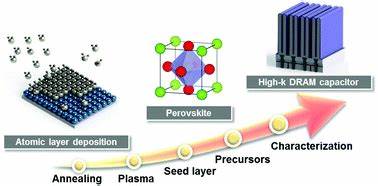
In the realm of psychedelic compounds, there exists a fascinating substance known as ALD-52. Often referred to as “Orange Sunshine,” ALD-52 has captured the curiosity of psychonauts and researchers alike. Its history is shrouded in mystery, its effects whispered about in psychedelic circles, and its potential still being explored. Let’s take a deep dive into this enigmatic compound and unravel some of its secrets.
Unveiling the Origins
ALD-52, or 1-Acetyl-N,N-diethyllysergamide, belongs to the lysergamide family, which includes LSD (Lysergic acid diethylamide). It was first synthesized by the legendary chemist Albert Hofmann, the same mind behind LSD, in the 1950s. Hofmann’s work with LSD is well-documented, but ALD-52 remained relatively obscure until the 1960s.
The “Orange Sunshine” Phenomenon
ALD-52 gained notoriety during the 1960s counterculture movement, primarily due to its association with a particular batch of LSD known as “Orange Sunshine.” This nickname stemmed from the orange-colored tablets that circulated in the underground psychedelic scene. While initially believed to be LSD, forensic analysis later revealed that Orange Sunshine was, in fact, ALD-52.
Effects and Experiences
Like LSD, ALD-52 is a potent hallucinogenic compound, capable of inducing profound alterations in perception, mood, and cognition. Users commonly report visual distortions, enhanced sensory experiences, and introspective insights. However, anecdotal accounts suggest that ALD-52 may have a slightly smoother onset and shorter duration compared to LSD, though individual responses can vary significantly.
Legality and Research
Despite its historical significance and potential therapeutic applications, ALD-52 remains a Schedule I controlled substance in many countries, including the United States. This classification severely restricts its availability for scientific research and therapeutic exploration. Nonetheless, a handful of studies have investigated its pharmacology and psychoactive effects, shedding light on its mechanism of action and potential risks.
The Future of ALD-52
As attitudes towards psychedelics evolve and scientific interest in their therapeutic potential grows, ALD-52 may receive renewed attention from researchers and policymakers. Its similarities to LSD, coupled with its distinct pharmacological profile, make it a compelling subject for further study. Additionally, ongoing efforts to decriminalize and destigmatize psychedelic substances could pave the way for more comprehensive research into ALD-52 and its therapeutic applications.




